In the modern world, where we spend a significant portion of our lives working or engaging in various activities, the concept of ergonomics has gained paramount importance. Ergonomics, often seen as a technical term, is essentially about creating environments and products that fit the people who use them. In this article, we delve into the world of ergonomics, unraveling its principles, exploring its impact in different settings, and unveiling the comfort it brings.
The Basics of Ergonomics
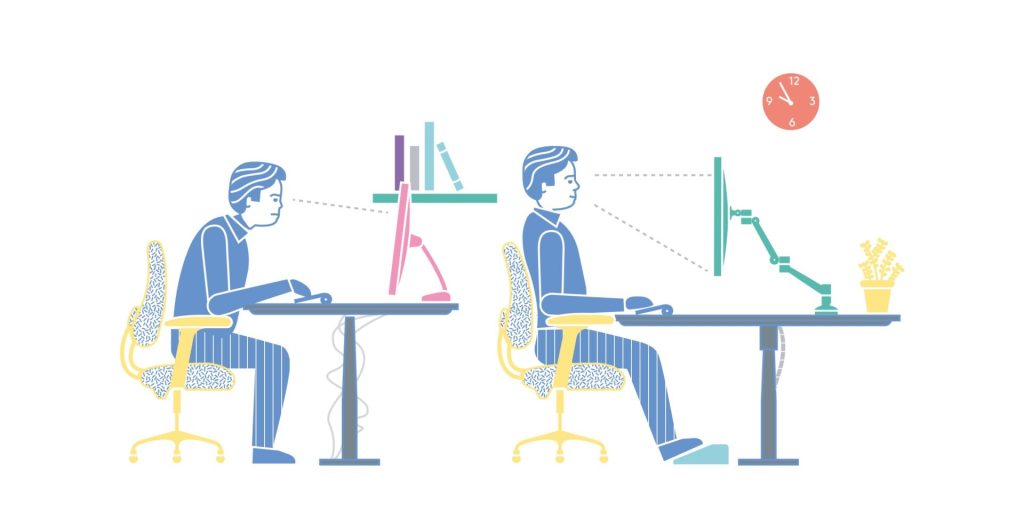
At its core, ergonomics is about optimizing the design of products and environments to enhance human well-being and performance. It’s the science of making things work for people. Whether it’s the chair you sit in, the desk you work on, or the keyboard you type on, ergonomic design aims to ensure that these elements support your body’s natural movements and functions.
Ergonomics in the Workplace
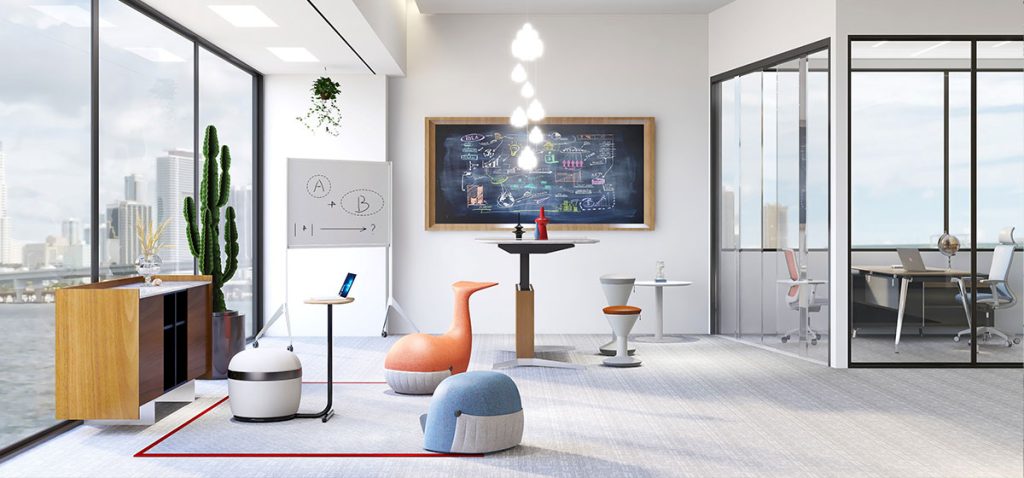
The workplace is a central arena where ergonomics plays a crucial role. A well-designed ergonomic workspace can significantly impact an individual’s health and productivity. Ergonomic office furniture, such as chairs with lumbar support, adjustable desks, and specially designed keyboards, can contribute to better posture, reduce the risk of musculoskeletal issues, and enhance overall work performance.
Studies have consistently shown that employees working in ergonomic environments report higher levels of comfort, reduced fatigue, and increased job satisfaction. This underscores the importance of considering ergonomics when setting up workstations.
Creating an Ergonomic Workspace
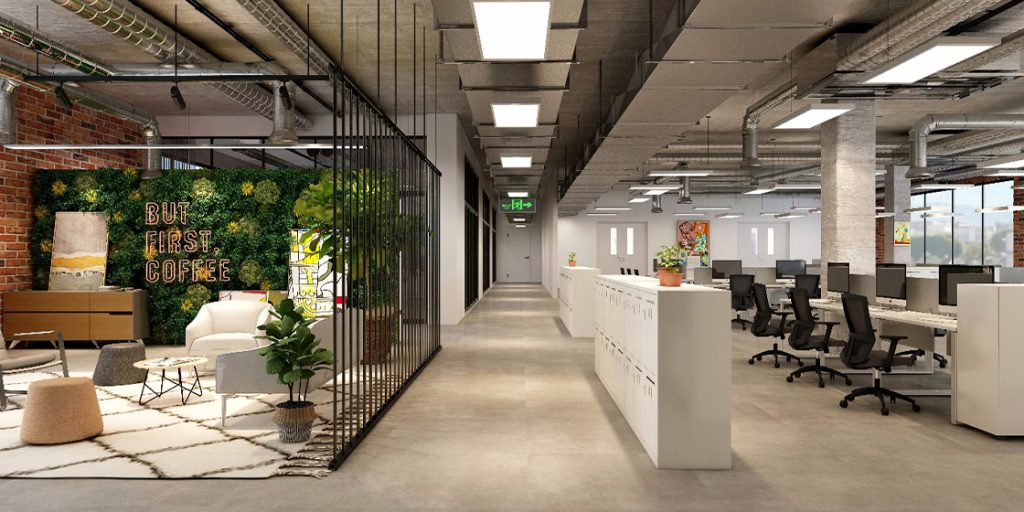
Setting up an ergonomic workstation involves a few key principles. Firstly, chairs and desks should be adjustable to accommodate different body types and work preferences. Computer monitors should be at eye level, and keyboards and mice should allow for a comfortable, neutral wrist position. Taking regular breaks and incorporating movement into the workday are also vital aspects of ergonomic health.
Ergonomics Beyond the Office
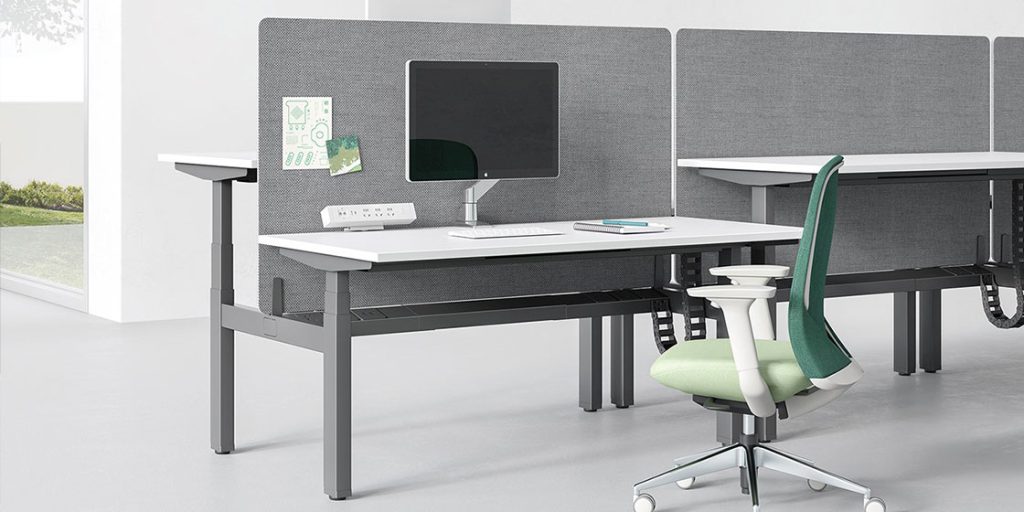
While ergonomic principles are often associated with office settings, their relevance extends far beyond. From the way we set up our home offices to the design of public spaces, ergonomics plays a role in promoting health and comfort. Even in leisure activities, such as gaming or watching TV, ergonomic design can enhance the experience by reducing strain on the body.
Common Ergonomic Mistakes to Avoid
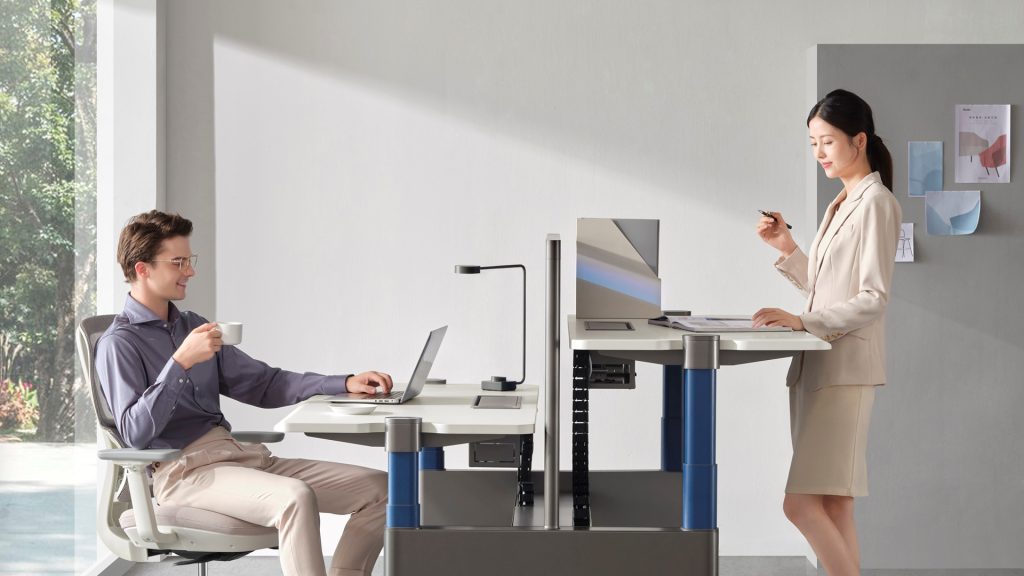
Despite the awareness of ergonomics, people often make mistakes in setting up their workspaces. These mistakes can lead to discomfort, pain, and long-term health issues. Avoiding these errors involves understanding the proper ergonomic adjustments for chairs, desks, and computer equipment. Simple changes can have a significant impact on preventing strain and promoting well-being.
The Future of Ergonomics
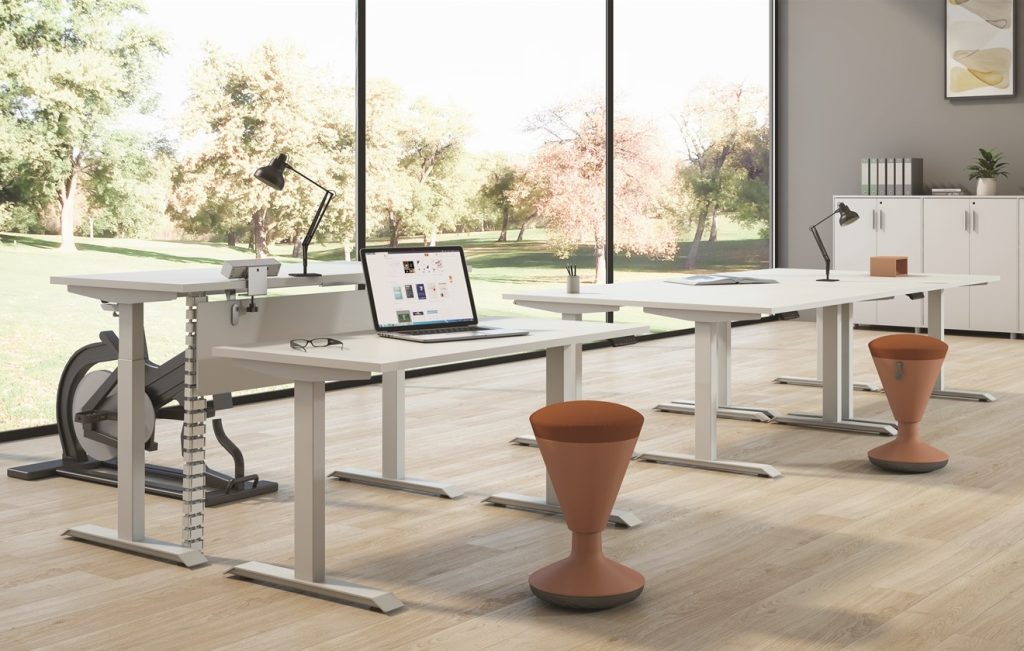
As technology continues to advance, so does the realm of ergonomics. From smart office furniture that adjusts to individual preferences to wearable ergonomic devices, the future promises innovations that cater to the specific needs and preferences of each user. The integration of technology into ergonomic solutions opens up new possibilities for creating adaptable and personalized environments.
Practical Applications of Ergonomics
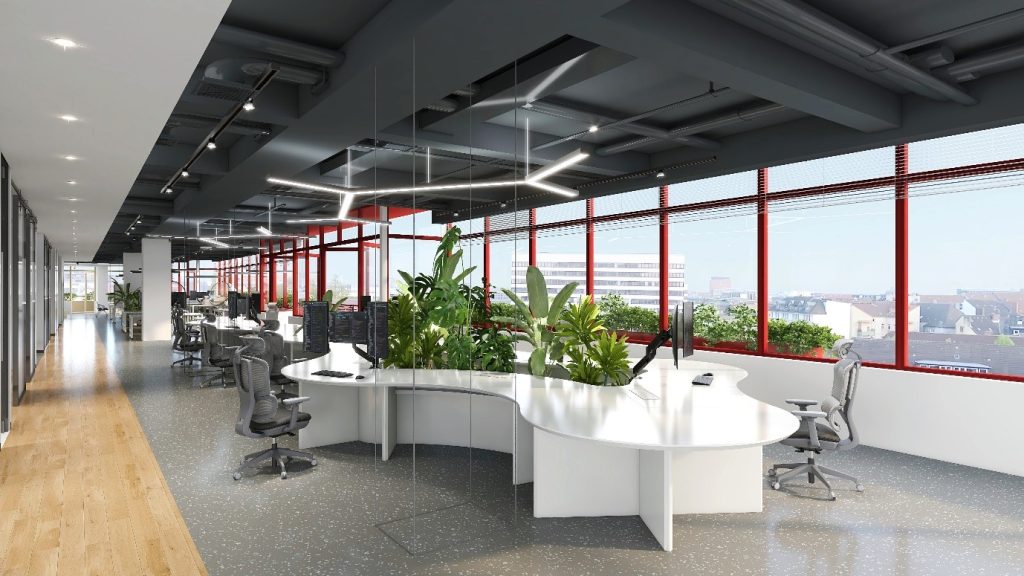
Making ergonomics a part of our daily lives involves practical applications. Simple adjustments, such as maintaining good posture, taking micro-breaks, and investing in ergonomic accessories, can make a substantial difference. Moreover, individuals can play a role in promoting ergonomic awareness in their communities, advocating for ergonomic considerations in public spaces, schools, and recreational areas.
Conclusion
In conclusion, ergonomics is not merely a technical concept but a guiding principle for creating spaces that prioritize human well-being. Whether at work, at home, or in our leisure activities, the application of ergonomic principles can lead to increased comfort, reduced health risks, and improved overall quality of life. As we navigate the complexities of the modern world, embracing ergonomics is a step towards a more comfortable and sustainable future.
